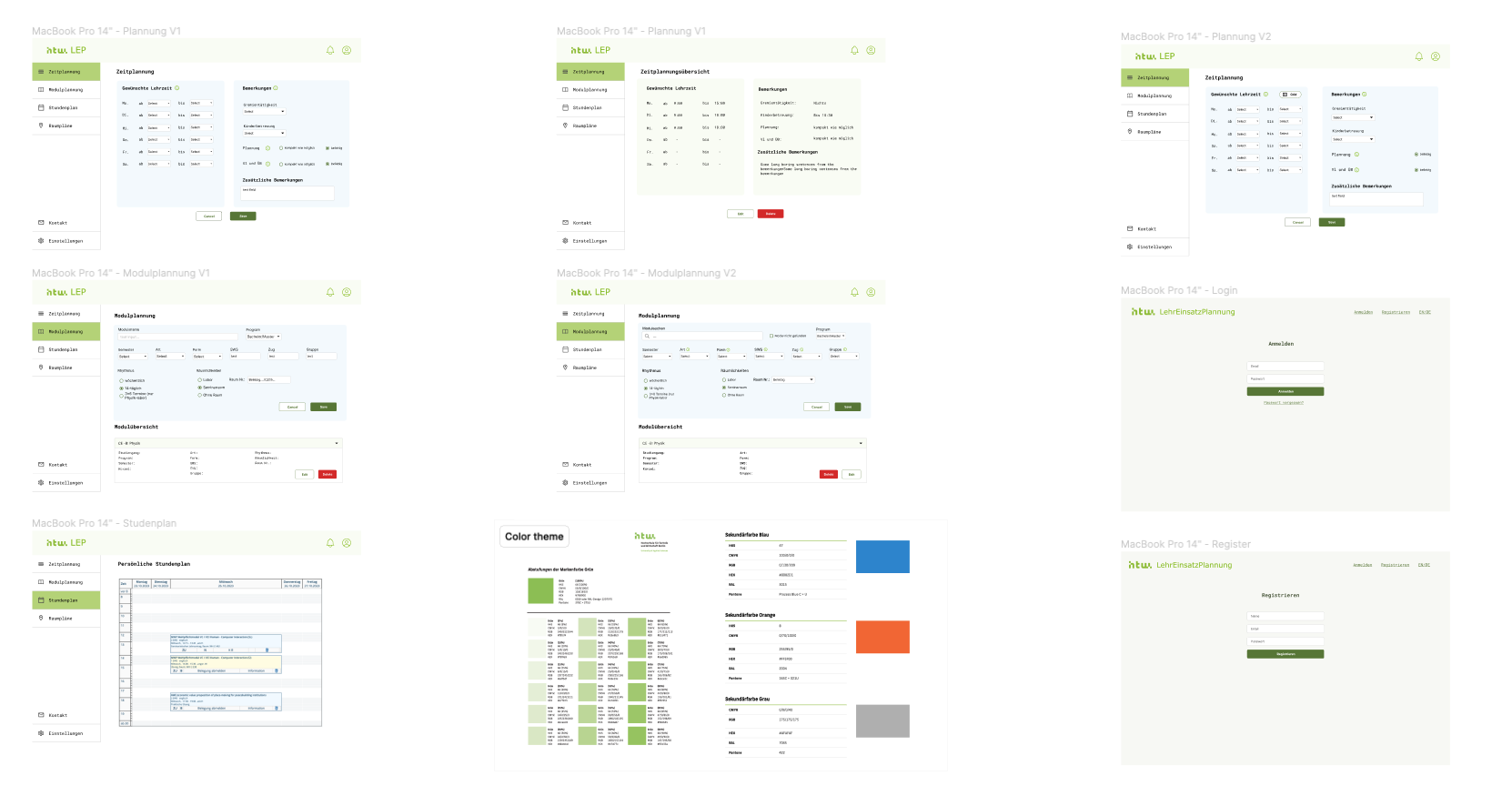In the project’s initial phase, we conducted thorough research to establish a robust foundation for our web application. This involved exploring diverse technology stacks, evaluating programming languages, databases, and frameworks. We studied similar applications for inspiration and best practices. The implementation of timetable and schedule-solving algorithms was a key focus, with a careful assessment of existing solutions. We directly engaged with the planning team, gaining insights into manual planning methods and specific requirements. Familiarity with provided data, including subjects and teacher preferences, guided our application design. The planning process included identifying constraints for the solver, from basic scheduling rules to department-specific requirements. This comprehensive research laid the groundwork for effective planning, development, and the successful implementation of our web application.

